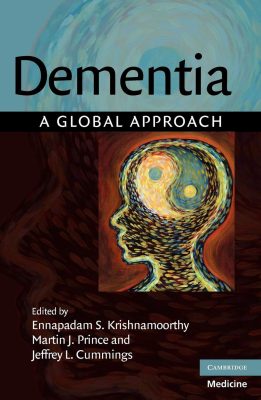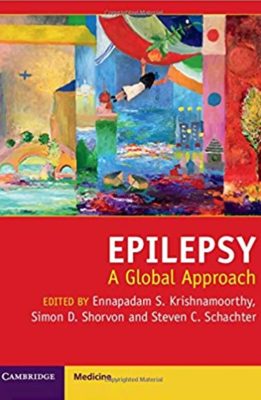T.S. Srinivasan
Conclave 2021
Harvey A & Dorismae Hacker Friedman Professor of Neurology, Professor of Pathology & Immunology, Washington University & Director And Principal Investigator of the Alzheimer Disease Research Centre, USA
Prof. Morris gave a broad outline of the global data on an ageing population, and alarming projected figures of dementia globally by 2050.
Joy Chambers-Grundy Professor of Brain Sciences, University of Nevada Las Vegas, United States.
Neuropsychiatric syndromes are increasingly recognized as core symptoms for diagnosis of neurodegenerative disorders. In Alzheimer’s disease (AD). psychosis prevalence is 40%, persists for 1-3 years, with highest incidence in moderate AD, agitation is 70%, again persists over1-3 years, with highest incidence in moderate and severe AD. Apathy is the most common neuropsychiatric syndrome of AD. It can present in preclinical or prodromal AD and through mild, moderate and severe AD. The impact of these syndromes on patients are in the case of psychosis- more rapid cognitive decline and functional decline, more hospital admissions and earlier admission to residential care; agitation- more rapid cognitive decline, greater executive dysfunction, more impaired activities of daily living and as a result, high caregiver burden. In apathy the cognitive impairment, impairment in executive function and decreased activity of daily living is prolonged, slowly progressive and accounts for poor quality of life. The professor went on to describe the symptom complex of other forms of dementia, namely the behavioural variant of fronto-temporal dementia, dementia with Lewy bodies and vascular cognitive disorder. The neuropsychiatric and behavioural symptoms are integrated, in the neurological diagnostic criteria and not disease-specific, he pointed out. Major Neurocognitive disorder on DSM 5 may be diagnosed on the basis of one cognitive and one behavior (social cognition ) change.
- 1. Excessive motor activities (like pacing the floor, wandering, trying to get away from institutional care premises); 2. verbal aggression, 3. physical aggression
- Severe enough to cause disability
- Comorbid conditions or environmental circumstances not entirely accounting for the behaviour - Cummings et al, Internat Psychogeriatrics : 2015
- Psychosis:
- MRI –greater temporal/hippocampal atrophy, greater anterior/inferior and insular cortex atrophy
- FDG –PET- Orbito-frontal hypometabolism (ADNI-derived sample)
- Amyloid –PET More amyloid-positive scan patients had delusions than amyloid-negative scan patients
- Neurofibrillary tangle 2.-3-fold greater NFT burden in cortex of patients with psychosis, independent of the dementia severity,
- Tau-PET: Greater p-tau in dorsolateral prefrontal cortex in psychosis
- Agitation:
- FDG-PET : right frontal hypometabolism
- Amyloid PET: MCI with amyloid-positive scan more likely to agitation than MCI with amyloid- negative scan (MCI with agitation had faster progression to AD)
- Tau PET: tau signal greater in temporal and frontal regions
- NFT greater burden in orbito –frontal and left cingulate
- Apathy:
- fMRI: Decreased anteromedial frontal activation in resting state when compared to non-apathetic patient
- Amyloid PIB imaging correlation: More amyloid over orbito –frontal, medial frontal dorsolateral and prefrontal cortex amyloid
- Tau PET { greater Tau burden in orbito- frontal cortex
Live Stream Recordings :
Worldwide, the number of people with ischemic Heart Disease, Stroke and Dementia is projected to affect 158.6 million people, 122.4 million people and 74.7 million people respectively.

